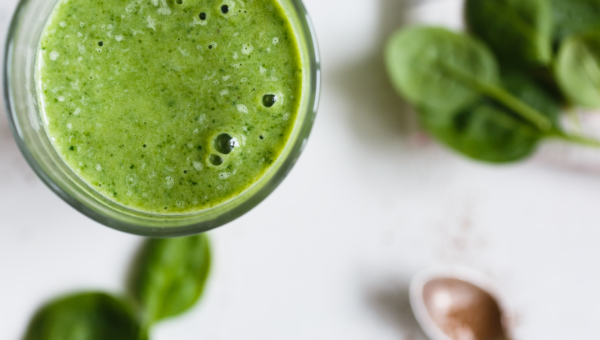Have you ever been out shopping looking for a new moisturizer, shampoo or conditioner and realized that you pick up everything to smell it? I know I have. I find myself picking up that jar or bottle of moisturizer to smell it before I even read what it’s for or what the ingredients are. I know my nose has made many decisions for me when buying beauty and personal care products…..more times than I want to count.
Have you ever wondered what makes up those wonderful fragrances? Are they pure oils from flowers or synthetic concoctions that companies produce to make their product more appealing? Well I am starting a new series titled Essential Oils 101 where I will journey into the lovely, wonderful world of pure oils that not only smell incredible but are also beneficial to your skin, health and environment.
Essential Oils are the actual volatile compounds from plants that give plants their own distinctive scent. Because they contain no fatty acid they are not true oils as we would think in the traditional sense. Because essential oils are taken directly from the essence of the plant, they are very potent. You should think of essential oils or as I like to call them essence as being the immune system of the plant. They can help to protect a plant by keeping away predators or prey and they can attract pollinators. When I think about all the plants that God placed on this planet, it amazes me that we have that many aromas. Essential oils are distilled, expressed or extracted from the plants which can be a costly process. They are found in cosmetics, soaps, flavorings of food, incense etc. They should never be used alone on the skin. Most people use carrier oils or actual cream bases to create a mixture. Down below is a list of Essential Oils. Because there are so many, I will be choosing an oil of the week to go more in depth and learn about it’s properties and how it can be used for healing and the environment.
Essential Oils for Blemish Prone Skin: Atlas Cedarwood, Bergamot, Cajeput, German Chamomile, Geranium, Grapefruit, Helichrysum, Lavender, Lemongrass, Manuka, Niaouli, Palmarosa, Petitgrain, Peppermint, Rosewood, Sandalwood, Spike Lavender, Tea Tree, Thyme, Vetiver
Essential Oils for Normal to Oily / Combo Skin: Australian Niaouli, Calendula, Chamomile, Carrot Seed, Geranium, Lavender, Linden Blossom, Palmarosa, Rose, Rosemary
Essential Oils For Aging/Maturing Skin: Carrot Seed, Cistus, Clary Sage, Cypress, Elemi, Fennel, Frankincense, Galbanum, Geranium, Grapefruit, Lavender, Linden Blossom, Myrrh, Neroli, Patchouli, Rose, Rosewood, Rose Hip Extract, Sages, Sandalwood, Sea Buckthorn Berry Extract
Essential Oils for Oily Skin: Atlas Cedarwood, Bay, Bergamot, Cajeput, Calendula, Clary Sage, Coriander, Cypress, Frankincense, Grapefruit, Geranium, German Chamomile, Juniper, Lavender, Lavandin, Lemon, Lemongrass, Linden Blossom, Melissa, Neroli, Niaouli, Patchouli, Petitgrain, Peppermint, Roman Chamomile, Rose, Sandalwood, Spike Lavender, Vetiver, Ylang-Ylang
Essential Oils for Sensitive Prone Skin: Angelica, Carrot, Chamomile, German Chamomile, Jasmine, Lavender, Palmarosa, Roman Chamomile, Rose, Rosewood
As you can see, these are divided into skin type categories as the research I have done extensively on are based on skin types and skin care. However, we all know that essential oils also benefit the body and help with healing. We will dig deeper into each oil listed above as well as others and blends that are not listed for their healing properties and other uses. But as of now I have them listed and categorized for skin care. I will be posting at a later date how they work for each body system. I know there are a lot more essential oils that can be used so please check back periodically as this list will be updated.
Now if you are wondering where coconut oil, safflower oil, jojoba oil, almond oil etc. are on this list, well you won’t find them here. These are considered Carrier Oils which form a base to use with essential oils. I will post a list of these oils soon.
Note: This list will be updated periodically so please check back for updates.
Disclaimer: The informaion above is for educational purposes only. As with any skincare product caution must be taken. Please consult with a qualified aromatherapist before using.










